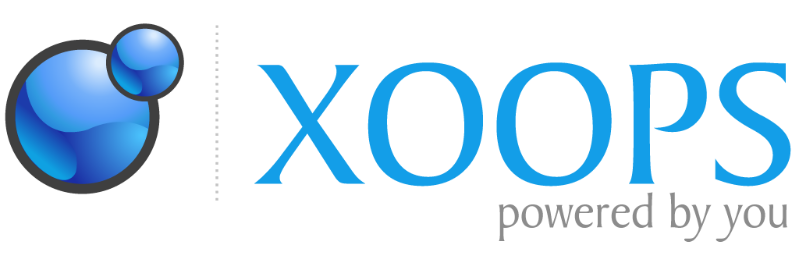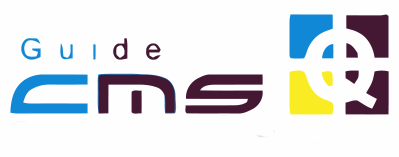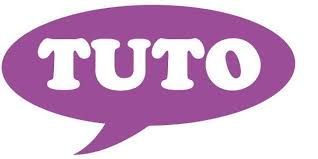
XOOPS: Detailed Technical Description
📅 Release Date
XOOPS was launched in 2003. It is an open-source CMS that quickly gained popularity due to its flexibility and extensibility.
📝 License
XOOPS is open-source software under the GNU General Public License (GPL), which allows users to modify, redistribute, and freely use it.
💻 Programming Language
XOOPS is primarily developed in PHP. It also uses JavaScript for some client-side dynamic interactions.
🏛️ Architecture
- Modular and extensible architecture, allowing for easy addition of new features through modules.
- Block-based system to structure pages with different types of content (text, images, forms, etc.).
- Uses an MVC (Model-View-Controller) system, which clearly separates business logic from user interface and data.
- User management with detailed roles and permissions, allowing fine-grained access control.
- Template system for customizing the site's appearance through themes.
📂 Database Support
XOOPS uses MySQL or MariaDB as the main database for storing data and site-related information.
⚙️ Main Features
✅ Modular system that allows adding features like forums, galleries, blogs, e-commerce, etc.
✅ Intuitive administration interface to easily manage content, users, and site settings.
✅ Block management to organize content in a flexible and modular way.
✅ Multilingual support for content and interface translations.
✅ Advanced user management, allowing you to define roles and permissions for different user types.
✅ Customizable themes through templates to adjust the site's appearance.
🔥 Advanced Features
🚀 Customizable modules allowing the addition of new features like discussion forums, blogs, e-commerce, and more.
🔗 Menu management with an interface to create and customize navigation menus.
📊 SEO tools to optimize titles, descriptions, and URLs for better search engine rankings.
🔌 Built-in caching system to improve performance and site speed.
💡 Advanced user management with user groups, permissions, and multiple roles to control access to features.
📦 API for developers to integrate additional functionalities or create custom modules.
🔐 Security
🔹 Detailed roles and permissions for precise and secure user access management.
🔹 Protection against common attacks such as SQL injection, XSS, and CSRF.
🔹 Regular updates to the CMS to fix security vulnerabilities and keep the system secure.
🔹 Secure session management and protection of sensitive data, including encryption.
🔹 HTTPS support to secure connections between the server and users.
✅ Pros and Cons
✅ Pros
✔️ Open source and free, offering great flexibility to customize and extend the CMS.
✔️ Modular system, making it easy to add features with modules.
✔️ Clear administration interface, easy to use even for non-technical users.
✔️ Multilingual, with efficient content and interface translation management.
✔️ Secure, with regular updates and protection mechanisms against common attacks.
✔️ Active community providing support via forums, documentation, and online resources.
❌ Cons
❌ Documentation may sometimes be insufficient for certain modules or advanced features.
❌ Modules not always updated regularly, which can lead to compatibility issues with newer CMS versions.
❌ The administration interface may feel a bit outdated compared to other more modern CMSs like WordPress.
❌ Fewer themes and extensions available compared to more popular CMSs.
🌐 Official Website
If you have any further questions or need more details on a specific aspect, feel free to ask!



